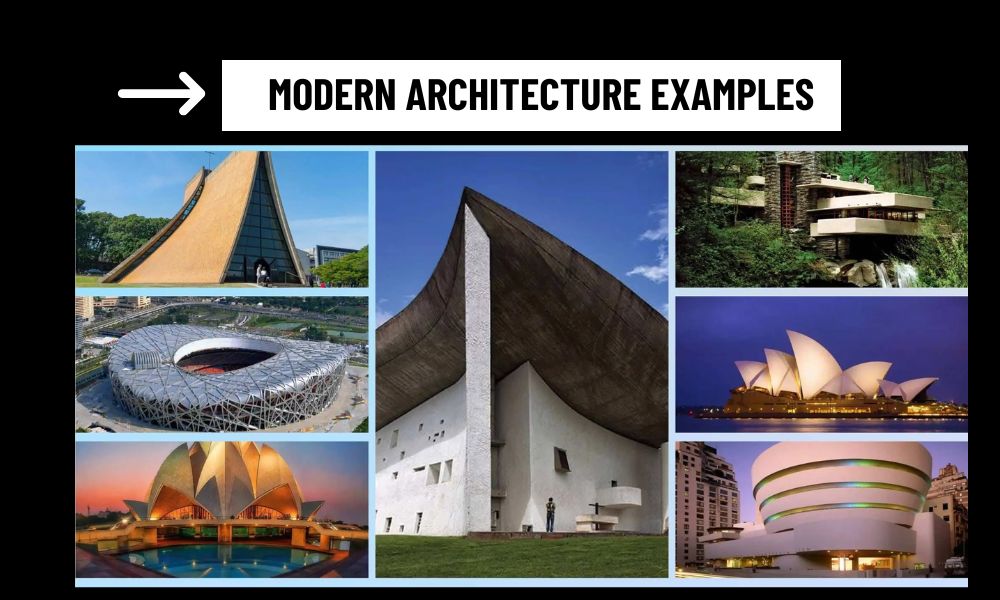Modern architecture is not merely a visual style—it is a way of thinking. Rooted in a desire to break away from historical ornamentation and embrace a new era of form and function, modern architecture emerged in the early 20th century as a response to industrialization, urban growth, and shifting cultural values. Today, its influence can be seen everywhere—from private homes and museums to skyscrapers and public spaces.
But what exactly makes a building “modern”? The answer lies not only in materials and shapes, but in intention.
The Philosophy Behind Modernism
At the heart of modern architecture is a simple but powerful principle: form follows function. This idea, famously attributed to architect Louis Sullivan, suggests that the shape of a building should be primarily based on its intended purpose—not decorative traditions or aesthetic indulgence.
Modernist architects sought clarity. They rejected the excessive ornamentation of previous eras in favor of clean lines, open spaces, and rational structures. Buildings became expressions of logic, efficiency, and technological progress. Steel, concrete, and glass were not just materials—they were symbols of a new future.

A Dialogue with the Environment
One of the most enduring contributions of modern architecture is its relationship with the environment. Rather than dominate a landscape, many modernist buildings attempt to harmonize with it. This is evident in how natural light is maximized, how views are framed, and how the indoors connect seamlessly with the outdoors.
This mindset has paved the way for today’s emphasis on sustainable design. Although early modernists were not always concerned with energy efficiency in the way we define it now, their commitment to honest materials and functional form laid the groundwork for passive design strategies and biophilic principles used in architecture today.
Modernism in Today’s Context
While the term “modern architecture” originally referred to a specific movement spanning roughly from the 1920s to the 1970s, its core ideas continue to evolve and influence contemporary design. In today’s world, where environmental responsibility, adaptability, and technology play central roles, the modernist mindset has found new life.
Smart homes with minimalist aesthetics, prefab modular buildings, and net-zero structures all carry forward the modernist spirit. But unlike early modernism—which often valued uniformity and abstraction—contemporary architects now embrace more warmth, variety, and cultural context. The result is a hybrid language: one that honors simplicity, but without sacrificing richness or emotional resonance.

More Than a Style: A Lasting Legacy
Modern architecture challenges us to think critically about the built environment. It asks us not to decorate space, but to shape it intentionally. It invites architects to consider light, proportion, circulation, and connection—not as afterthoughts, but as foundational elements of the human experience.
Its legacy is not only visible in iconic buildings, but also in the way we live: in the open plans of our homes, the expansive windows of our offices, and the uncluttered calm of thoughtfully designed public spaces.
Modern architecture may have begun as a radical shift, but today, it serves as a timeless framework—proof that simplicity, when guided by purpose, can be endlessly innovative.
